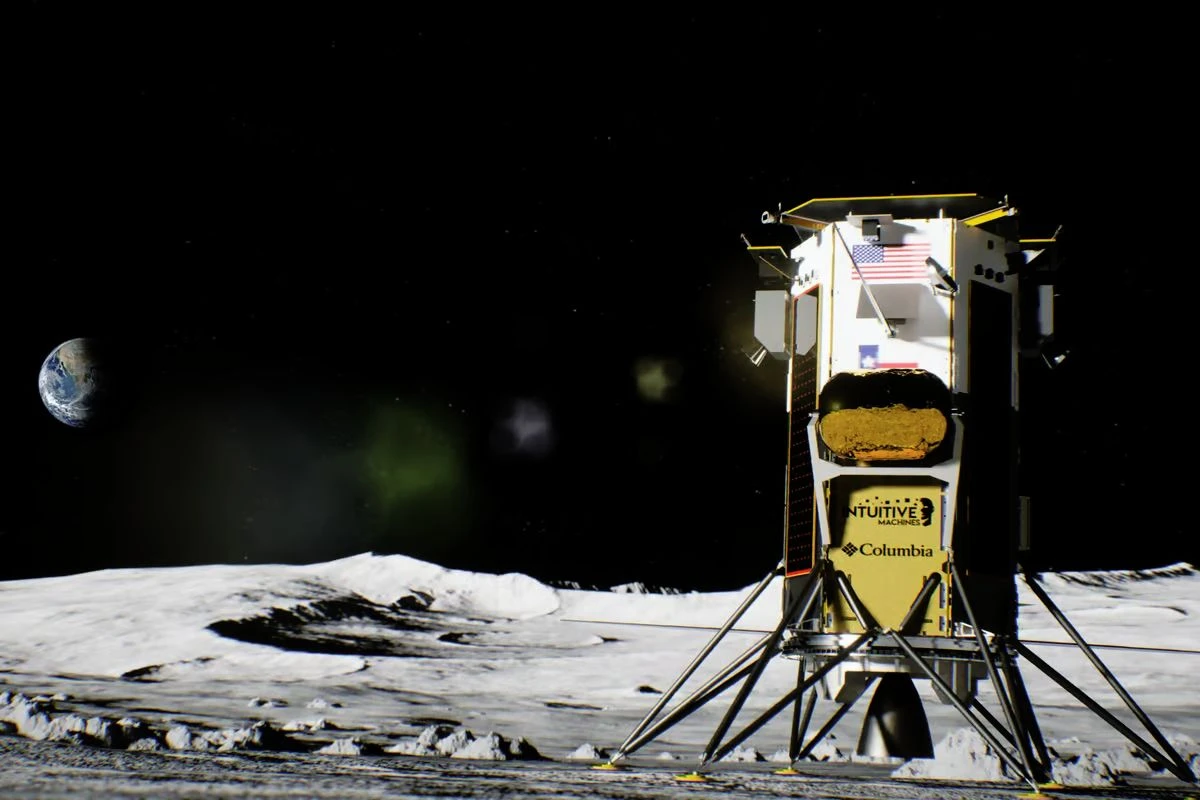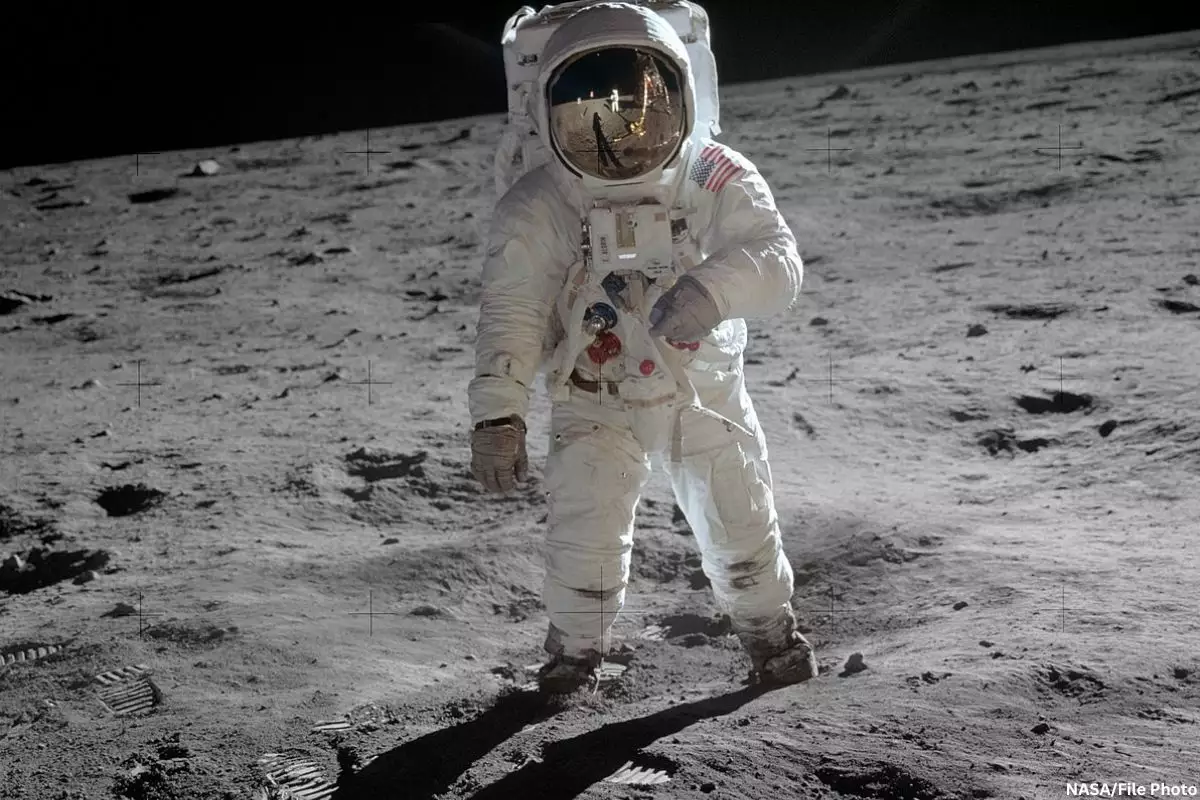In a historic return to lunar exploration, the United States has successfully landed a spacecraft on the Moon, marking the first American touchdown since the iconic Apollo mission in 1972. The private lunar lander, named Odysseus, completed its 620,000-mile journey, touching down at 6:23 pm ET, six days after its launch from Cape Canaveral in Florida.
Operated by Texas-based company Intuitive Machines, the uncrewed craft carried essential NASA instruments crucial for future human exploration of the lunar surface. Despite facing communication challenges during the nail-biting descent, NASA’s mission commanders eventually confirmed the successful landing, declaring Odysseus had “found his new home” on the Moon.
“What we can confirm, without a doubt, is our equipment is on the surface of the Moon and we are transmitting,” announced flight director, Tim Crain
The achievement holds significance for both commercial space exploration and the broader U.S. space program. Intuitive Machines has broken the country’s half-century absence from lunar soil, demonstrating the potential of NASA’s commercial partnerships. NASA Administrator Bill Nelson praised the mission as a “triumph” and highlighted the historic nature of a commercial, American-led voyage to the Moon.
“Today, for the first time in the history of humanity, a commercial company – an American company – launched and led the voyage up there. And today is the day that shows the power and promise of NASA’s commercial partnerships.”
The mission faced early technical hurdles when Odysseus’ ranging lasers, designed to calculate altitude and velocity, malfunctioned. Engineers, however, overcame the obstacle by utilizing experimental lasers from NASA, ensuring the spacecraft’s navigation capabilities.
Odysseus landed in a cratered terrain near the 5km-high mountain complex Malapert, marking the southernmost point on the Moon ever explored by a spacecraft at 80 degrees South. This region, part of NASA’s Artemis program, is a potential destination for future human missions, with scientists speculating the presence of frozen water in permanently shadowed craters.
“The ice is really important because if we can actually take advantage of that ice on the surface of the Moon, that’s less materials we have to bring with us,” explained Lori Glaze, NASA’s director of planetary science. “We could use that ice to convert it to water – drinkable drinking water – and we can extract oxygen and hydrogen for fuel and for breathing for the astronauts. So it really helps us in human exploration.”












